Planning a wedding once meant juggling spreadsheets, countless vendor emails, and an ever‑growing checklist. In 2025, artificial intelligence has stepped in to shoulder much of that work.
The Knot’s latest industry report shows that one in five engaged couples now uses at least one AI tool during planning—double the share just two years ago.
Instead of spending weeks researching options, today’s pairs can feed their vision into smart platforms that reply with tailored timelines, real‑time budgeting, or even drafted vows.
Below are six standout apps that compress months of admin into a few taps, leaving you free to enjoy cake tastings and décor mock‑ups.
Joy: All‑in‑One Planning Hub

Free platform Joy positions itself as a single dashboard for websites, registries, guest lists, and “Smart RSVP.” Guests answer custom questions online, and their responses flow straight into your planning hub, automatically updating head‑counts and meal choices.
Over the past year Joy quietly added an AI‑enhanced website builder that suggests layouts and copy to match your colours and style, so couples aren’t staring at a blank page.
If you want a friction‑free start—no fees, no limit on features—Joy’s mix of automation and unlimited user access makes it a compelling first stop.
Zola: AI for Fair Task Sharing
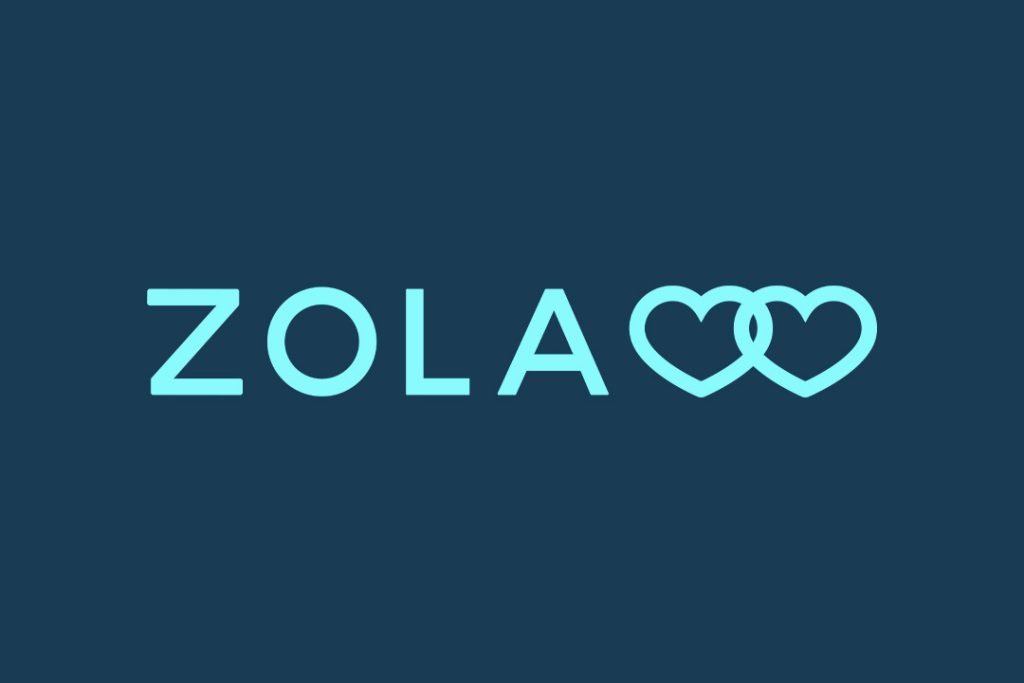
Zola has long been known for registry convenience, but its new “Split the Decisions” feature goes further: the AI asks each partner about strengths, priorities, and planning preferences, then divides more than 500 typical wedding tasks so no one person carries the mental load.
The same engine recommends local vendors in a single click and pre‑writes inquiry emails—handy when you’re comparing ten caterers on a lunch break.
In the latest episode of Modern Marketers, @Zola’s CEO and CMO share how they’re expanding the brand, adapting to growing consumer needs, and using AI in the wedding industry. Listen here 👉 https://t.co/PdC5R1qkJh pic.twitter.com/Zegylo4f2e
— Think with Google (@ThinkwithGoogle) June 24, 2024
Zola still offers its polished website templates, seating charts, and universal registry, yet it’s the fairness algorithm that earns applause in 2025. Couples who felt lopsided before say the shared checklist turns planning into teamwork rather than a solo marathon.
The Knot: Data‑Driven Vendor Matching
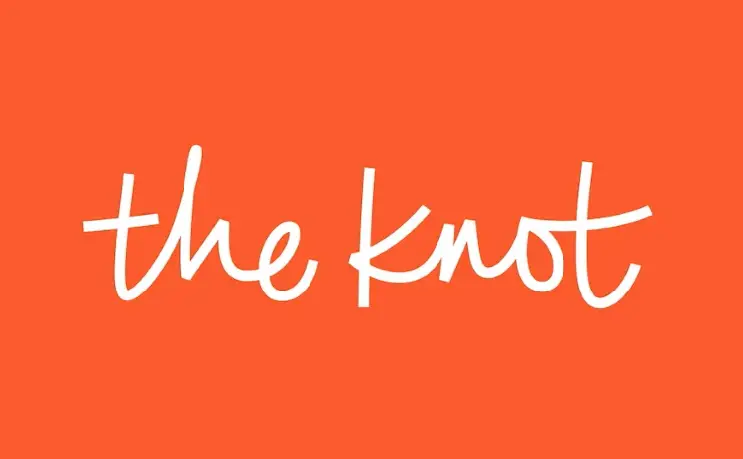
With a marketplace of almost a million vendors, The Knot taps its data to recommend photographers, florists, and venues that fit your stated budget and aesthetic.
The company’s 2025 trend report credits Gen Z couples for surging AI adoption—a fifth of users rely on algorithmic helpers for etiquette advice, itinerary building, and communications.
Enter your wedding basics and The Knot auto‑trims your checklist (skip “hire limo” if you’re eloping) and nudges you with deadline alerts. Because recommendations come from real booking patterns, you’ll often receive vendor matches already vetted by similar couples, saving hours of cold outreach.
Nupt.ai: Mood Board to Checklist in Seconds
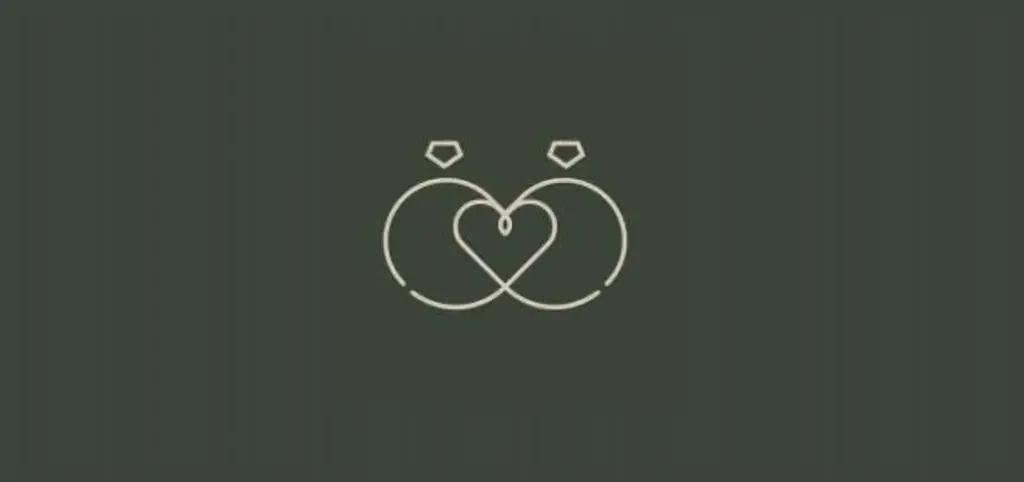
Born as an AI‑native tool, Nupt.ai onboards you with a deep preferences quiz—guest count, vibe, budget, even favourite Pinterest pins. Its proprietary algorithm instantly spins up a personalised mood board, a budget forecast, and a detailed task timeline.
You can request venue leads or florist options inside the same interface, then let Nupt’s chat assistant schedule calls and track deposits. Because every feature—mood‑boarding, vendor search, guest messaging—lives in one workspace, couples avoid bouncing between apps.
Nupt.ai is also globally available, making it popular for destination weddings that need local vendor intel and currency conversions.
Vows AI: A Planner in Your Pocket
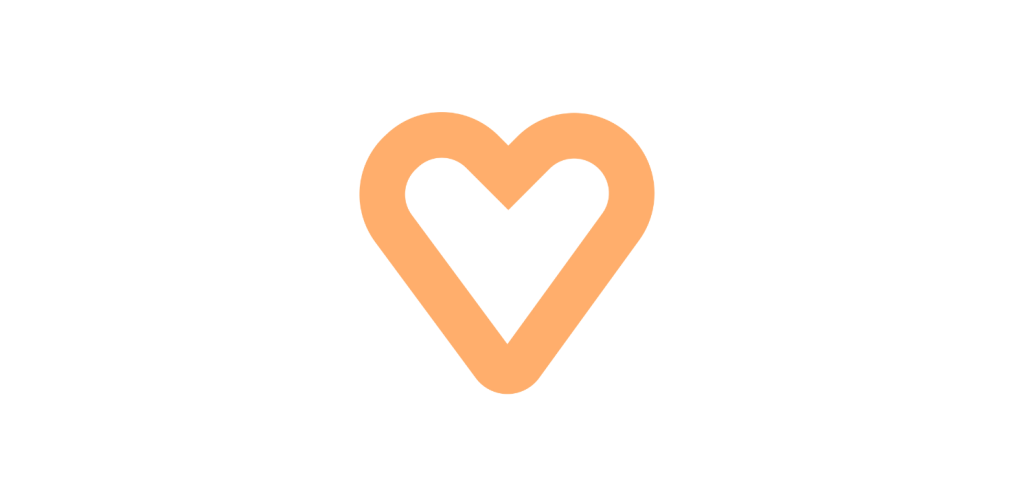
If you prefer to plan from your phone, Vows AI turns your iPhone into a mini‑planner named “Sara.” The app answers questions (“write an upbeat invitation line,” “should my seating plan be round tables or banquets?”) and auto‑builds a timeline that updates whenever you tick off tasks.
Features include a forecasting budget tracker, tailored checklists, multi‑ceremony support, and guest‑list management with drag‑and‑drop seating charts.
For multicultural or multi‑day weddings, Vows AI shines by letting you clone templates—one for a church ceremony, another for a beach reception—and merging both into a single master schedule.
A free tier covers core planning, while a modest subscription unlocks advanced reporting.
Pearl by David’s Bridal: Retailer Turned AI Copilot
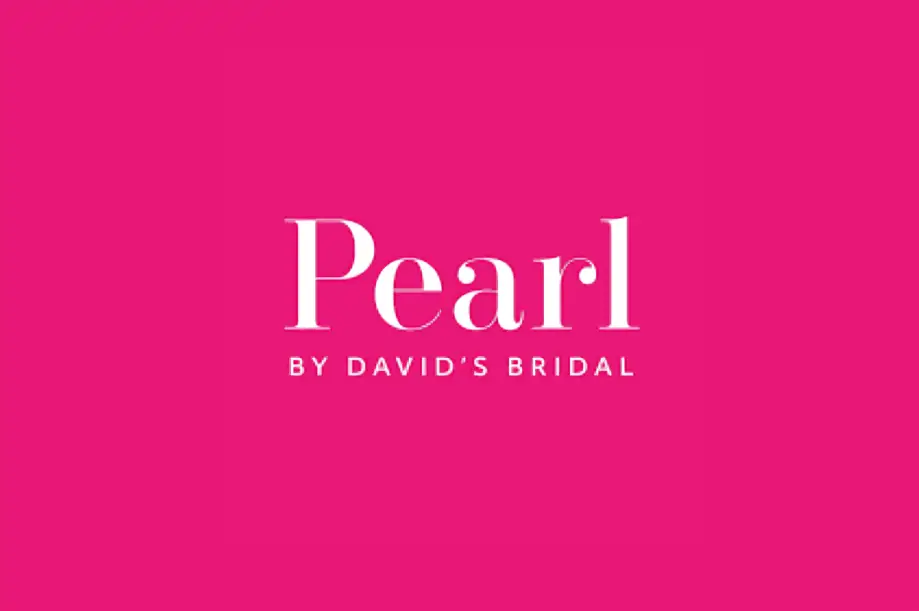
In 2023 David’s Bridal launched Pearl as a simple digital checklist; by 2025 it is rebranding the app as a “wedding copilot.”
After a short vision quiz, Pearl generates an inspiration board spanning dresses to décor, then keeps you on track with deadline reminders and vendor appointments—features the company intends to make as easy as booking a restaurant.
Loyalty perks roll in too: vendors inside the app often extend discounts to Diamond members, so Pearl seamlessly ties dress shopping to broader planning.
With new AI‑driven scheduling and budget tools on the roadmap, the retailer is betting that brides want more than gowns from their favourite salon.
Smarter Planning, Happier Couples
From Joy’s Smart RSVP to Zola’s fairness algorithm, AI assistants now handle countless micro‑decisions behind every big day. They scrape hours off vendor research, warn when budgets go off‑track, and even settle household debates about who chooses the DJ.
None of these platforms replaces human creativity—you’ll still taste cake and argue over flowers—but they do replace the grunt work that formerly stole weekends.
Early adopters report finishing venue shortlists in a single lunch hour and sending full RSVP campaigns in under ten minutes.
If you’re newly engaged, try a free account on one of these apps and feed it your date, guest count, and vision. Within minutes you’ll receive a roadmap that once required a professional planner’s retainer.
Whether you stick with one assistant or mix several (for example, Joy for websites and Vows AI for budgeting), AI tools in 2025 give you back the rarest wedding‑planning commodity: time to actually enjoy the journey to “I do.”

